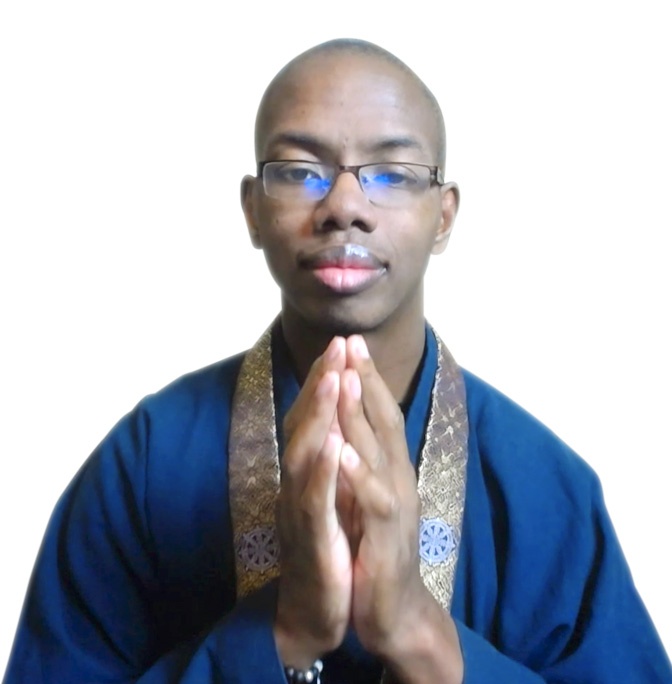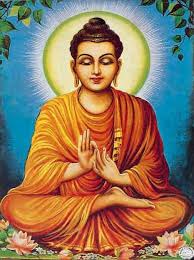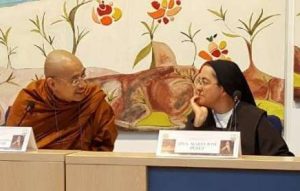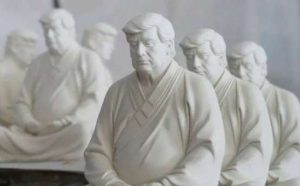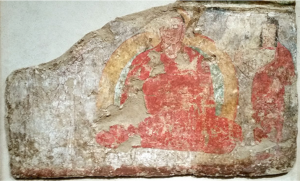
It has been freezing cold in my house for the last two weeks. A month ago, I tried to be a responsible homeowner and have some preventive maintenance done on my boiler in preparation for winter.
After completing his inspection, the HVAC technician told me that the old boiler was a death trap. He then described in great detail how my family and I would die of carbon-dioxide poisoning if we used it for another season.
Still wanting to be a responsible homeowner, I sought a second opinion and then a third. Everyone said the same thing.
The backstop valve was broken, the heat exchanger was plugged, and there was noticeable rust on the exhaust pipe. The old girl ran a good race, but she was done.
Naturally, a cold snap hit my region in the midst of all this. Nighttime temperatures got into the 30s Fahrenheit (0–5 degrees Celsius) several times and the days were cold and rainy.
Today marks the end of my torment. The HVAC workers are in the basement performing that special alchemy that only blue-collar workers can do.
After they started working, I left the house to feed my animals and check on the greenhouse. On my return I was shocked to see pieces of my old boiler strewn across the yard.
It doesn’t make sense: how could this tangled mess of wires and metal have been the thing that kept my family warm for all these years?
Yesterday, these objects were a marvel of mechanical engineering. Today, they’re a pile of junk. Tomorrow, they’ll be something else.
Such is life in samsara.
Two thousand, six hundred years ago, the Buddha said that everything in reality is a composite of other things. No thing has an existence of its own.
My boiler is a composite of wires and metal. My desk is a composite of wood and screws. My body is a composite of flesh, bones, and blood.
When we investigate objects, we find that they are made of other objects. When we investigate these other objects, we find that they are made of even more objects.
If we continue in this way long enough, we find that all objects are made of nothing at all. The Buddha described this state of being as non-self or, in Sanskrit, anatman.
When we discuss the teaching of non-self, it’s important that we don’t confuse it with the false notion of no-self. The latter suggests that there is nothing here that we can call a self. However, the former suggests that the self does in fact exist. However, the nature of that existence is contrary to what one might ordinarily expect.
We can investigate this teaching by doing a simple meditation where we sit in a comfortable position and meditate on the self. More specifically, we try to find the self in our physical body. We may ask questions such as:
Is the self in my shoulders?
Is the self in my feet?
Is the self in my abdomen?
As we continue in this way, starting at the top of our head and continuing to the bottom of our feet, we realize that there is not a single place in our body that we can say houses our sense of selfhood.
One obvious choice might be our brain. However, if our brains were removed and kept alive in vats, few people would think of that floating mass of gelatinous flesh as us.
This might lead us to think that there really is no self. But this idea can be disproven by asking the question: “If there is no self, who is doing the meditation?”
By doing this meditation we are able to demonstrate to ourselves that our existence comes about not because of any singular thing, but because of a conglomeration of many things, ranging from the neurons in our brains to the countless bacteria in our gut.
From a practical standpoint, this teaching can help us understand the nature of our world.
If we understand that all things are a composite of other things, then we also understand that sometimes one thing must be destroyed so that another thing can be created.
We must cut down trees to build houses. We must pull up weeds to plant gardens. And we must rip out old boilers to install new ones.
Creation and destruction. Life and death. This is the cycle of samsara.
Often, we become stuck in unhealthy patterns because we don’t want to accept this truth. We hold on to the same people, the same habits, the same bad decisions that led to our sad state of affairs. Meanwhile, we hope that things will magically change for the better.
But that’s not how life works. Creation requires destruction. Improvement requires change. We can’t move forward with something new without leaving something old behind.
Namu Amida Butsu
Related features from BDG
All Buddhists Belong to the Same Family
Manual Labor and the Bodhisattva Vows
What Helps Us through This? A Collaborative Enquiry




